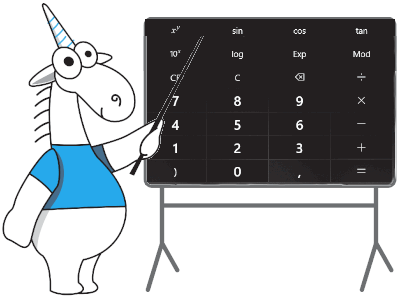
How to shoot yourself in the foot in C and C++. Haiku OS Cookbook


Open source software

Some time ago, in a discussion on one of SObjectizer's releases, we were asked: "Is it possible to make a DSL to describe a data-processing pipeline?" In other words, is it possible to write something like that:
A | B | C | D
and get a working pipeline where messages are going from A to B, and then to C, and then to D. With control that B receives exactly that type that A returns. And C receives exactly that type that B returns. And so on.
It was an interesting task with a surprisingly simple solution. For example, that's how the creation of a pipeline can look like:
auto pipeline = make_pipeline(env, stage(A) | stage(B) | stage(C) | stage(D));Or, in a more complex case (that will be discussed below):
auto pipeline = make_pipeline( sobj.environment(),
stage(validation) | stage(conversion) | broadcast(
stage(archiving),
stage(distribution),
stage(range_checking) | stage(alarm_detector{}) | broadcast(
stage(alarm_initiator),
stage( []( const alarm_detected & v ) {
alarm_distribution( cerr, v );
} )
)
) );In this article, we'll speak about the implementation of such pipeline DSL. We'll discuss mostly parts related to stage(), broadcast() and operator|() functions with several examples of usage of C++ templates. So I hope it will be interesting even for readers who don't know about SObjectizer (if you never heard of SObjectizer here is an overview of this tool).
LZ_decompress_fast function near the top. What is going on? This question had us wondering how to choose the best compression algorithm. 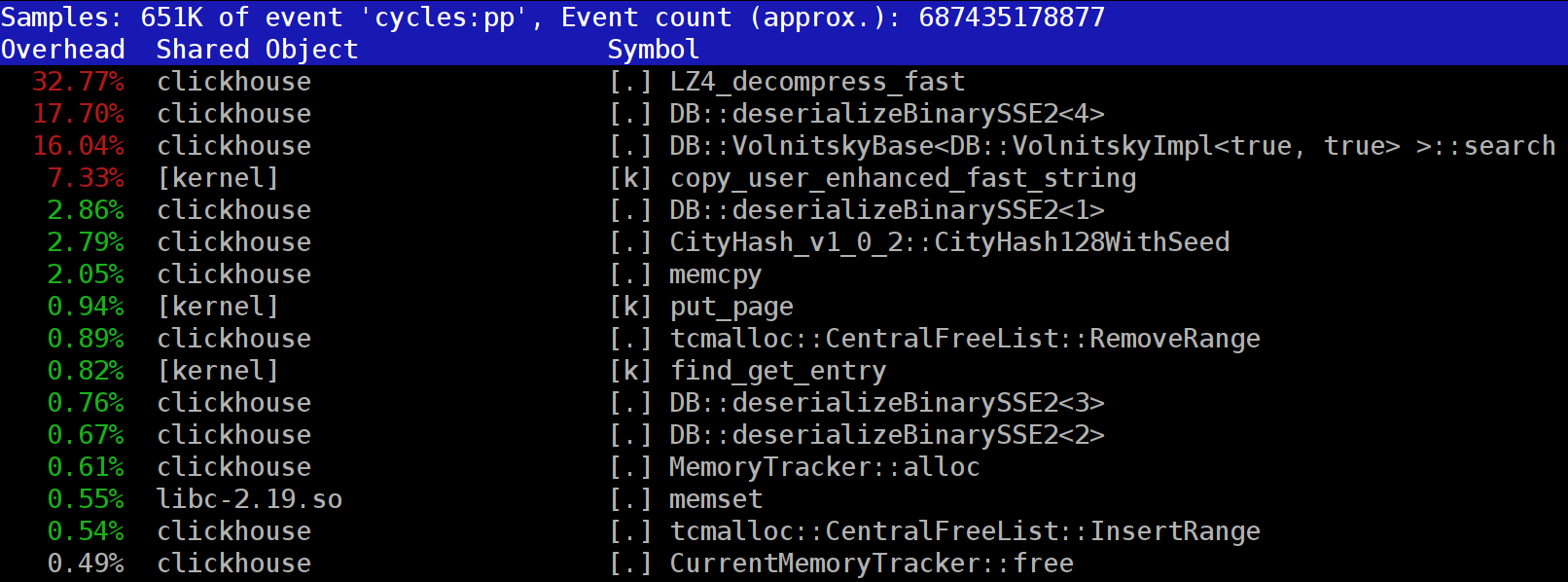

Hi everyone!
I like Tox and respect the participants of this project and their work. In an effort to help Tox developers and users, I looked into the code and noticed potential problems that could lead to a false sense of security. Since I originally published this article in 2016 (in Russian), many improvements have been made to Tox, and I lead a team that re-wrote secure Tox software from scratch using the Rust programming language (check out Tox-rs). I DO recommend using tox in 2019. Let's take a look what actually made us rewrite Tox in Rust.
There is an unhealthy tendency to overestimate the security of E2E systems only on the basis that they are E2E. I will present objective facts supplemented with my own comments for you to draw your own conclusions.
Spoiler: The Tox developers agree with my points and my source code pull request was accepted.
This week I spent coding my very first public pet-app based on Telegram chat bot which acts as a Bitcoin wallet and allows to send and receive tips between Telegram users and other so-called “Lightning Apps”. I assume that you are familiar with Bitcoin & Telegram in general, i’ll try to post short and without deep jump into details. More resources about Bitcoin can be found here and Telegram is simply an instant messenger that allows you to create your custom apps (chat-bots) using their platform.
something like this…

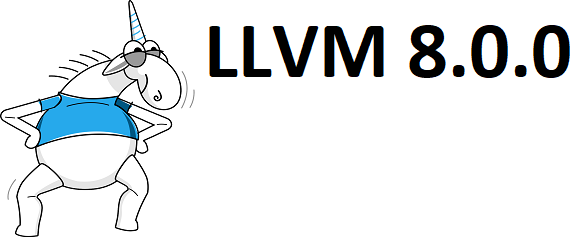
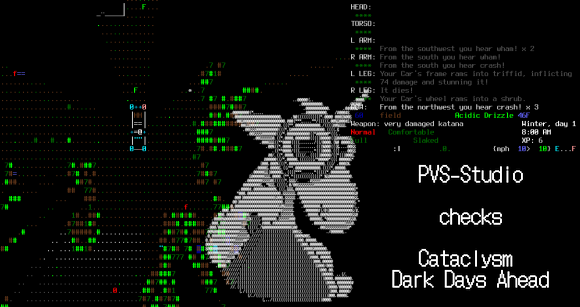
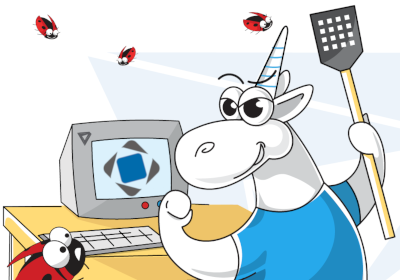
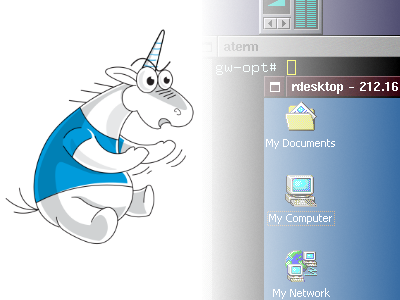

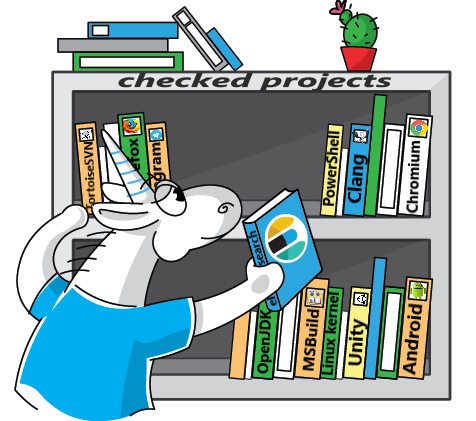

Three years ago we announced the second publicly available major version of the framework. CUBA 6 was the game-changing version — the licensing was turned from proprietary to Apache 2.0. Those days we couldn't even guess where it was going to bring the framework in long term. CUBA community started to grow exponentially, so we have learned a lot of possible (and sometimes impossible) ways of how developers use the framework. Now we are happy to announce CUBA 7, which, we hope, will make development more coherent and joyful for all community members from those just starting their journey in CUBA and Java to skilled enterprise developers and Java experts.
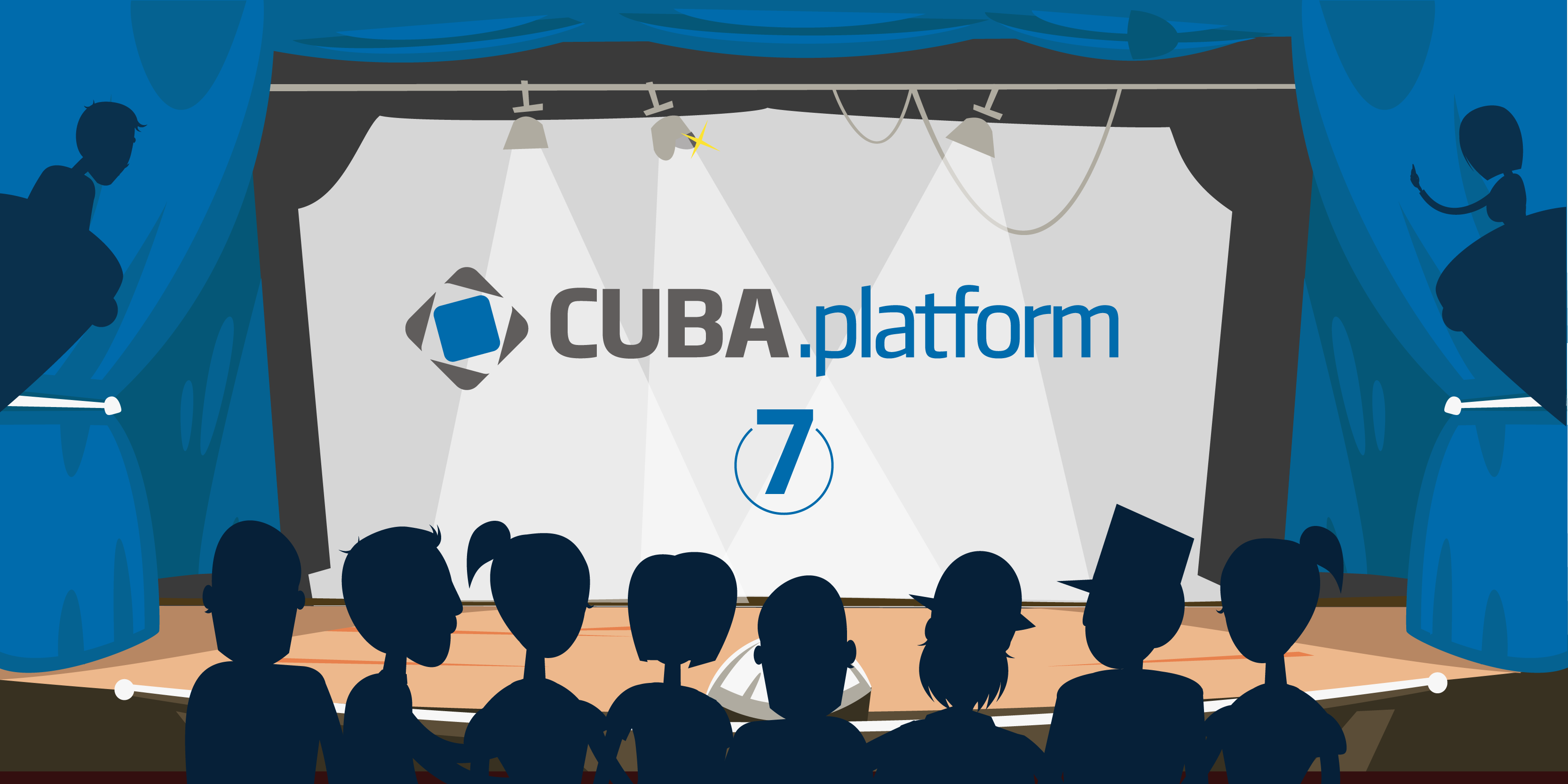
Some of the numbers that we manage at Kiwi.com include 90 000 000+ daily searches, 25 000 seats sold daily, and a total of 15 000 000 000+ flight combinations available.
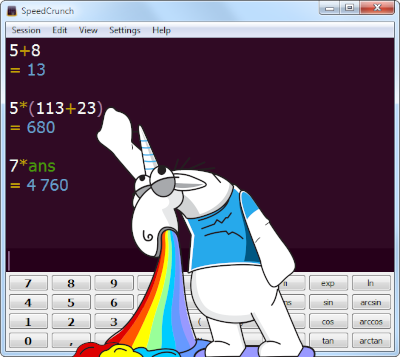

Here is a bit refreshed translation of my 2015 blog post. The post shows how to organize a personal academic library of unlimited size for free. This is a funny case of a self written manual which I came back to multiple times myself and many many more times referred my friends to it, even non-Russian speakers who had to use Google Translator and infer the rest from screenshots. Finally, I decided to translate it adding some basic information on how to use Zotero with rmarkdown.
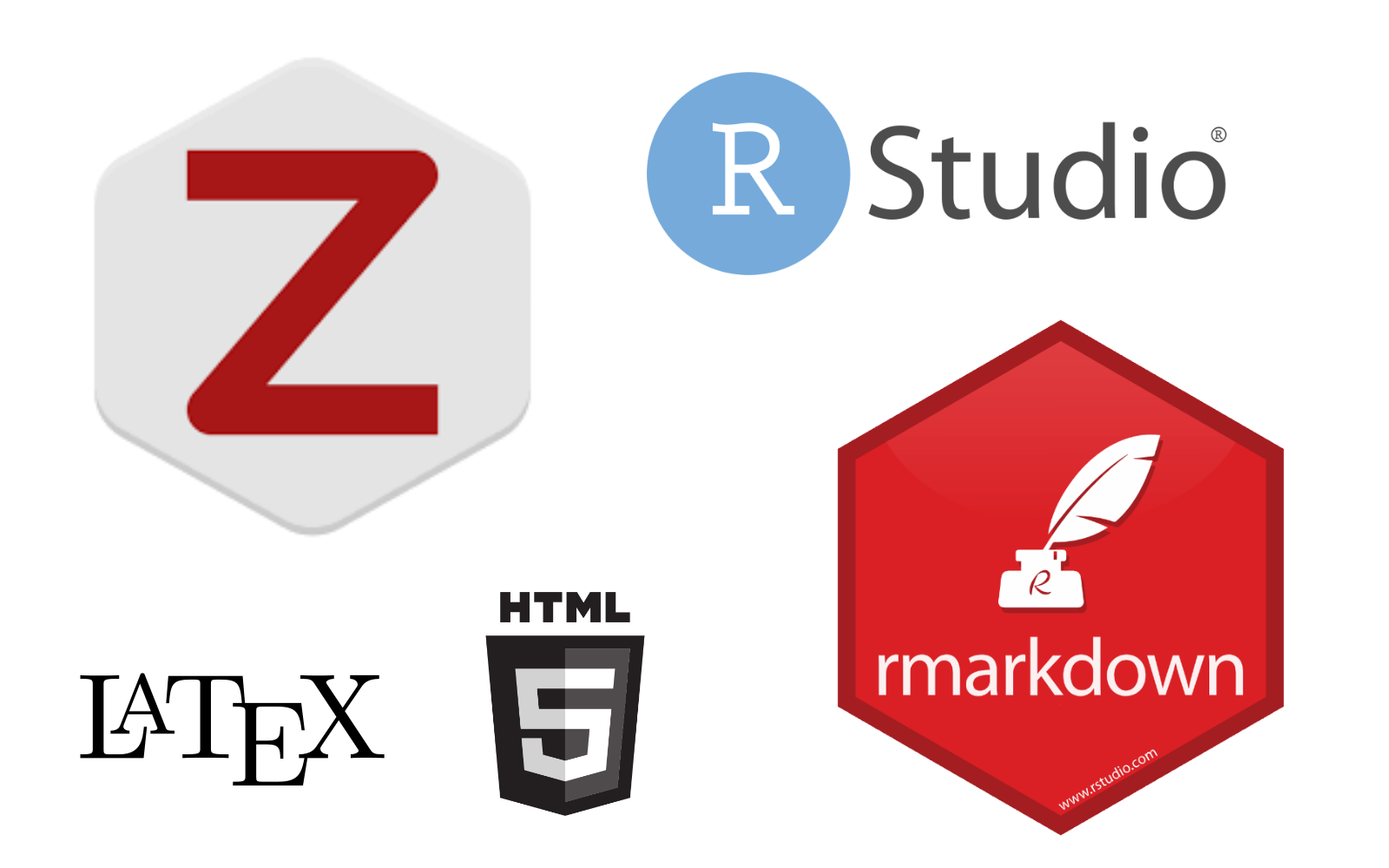
Bibliographic manager is a life saver in everyday academic life. I suffer almost physical pain just thinking about colleagues who for some reason never started using one — all those excel spreadsheets with favorite citations, messy folders with PDFs, constant hours lost for the joy-killing task of manual reference list formatting. Once you start using a reference manager this all becomes a happily forgotten nightmare.

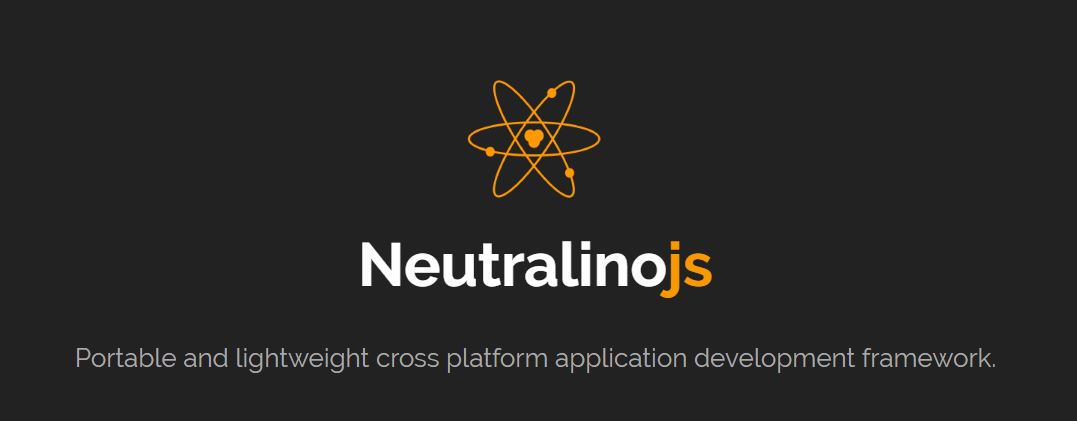
I am Shalitha Suranga from Sri Lanka. I started Neutralinojs project with other two members as our research project at university.
Cross-platform application development is extremely useful among software development organizations because a large end-user audience can be targeted. Earlier there were several approaches, such as writing multiple codebases per each platform, writing a single codebase using conditionals for platform selection, or using a programming language which has a cross-platform virtual machine at run-time. There were drawbacks of each like complexity of design, limited low-level accessibility and slow learning rate. Cross-platform application development with web technologies came [1] after. Electron and NW.js are most popular frameworks which allow developers to make cross-platform applications using Javascript. Basically, these popular frameworks combine embedded chromium browser and node run-time [2], [3].
These frameworks are being used to create numerous cross-platform applications. Whereas the community pointed out several unseen drawbacks of these frameworks. Large bundled application size, high memory consumption and long development workflow are the key things which were criticized through internet forums and websites [4], [5], [6], [7], [8]. Table 1.1 shows the advantages and disadvantages of Electron/NW.js.
Table 1.1: Advantages and Disadvantages of Electron/NW,js
| Advantages of Electron and NW.js | Disadvantages of Electron and NW.js |
|---|---|
| Development is very easy since Javascript is used | Application bundle is considered as bloatware (High disk space usage) |
| Access native functions via node runtimeSingle codebase for all supported platforms Linux, Windows and macOS | High memory consumption and slowness |
| Many Node modules need to be installed |
